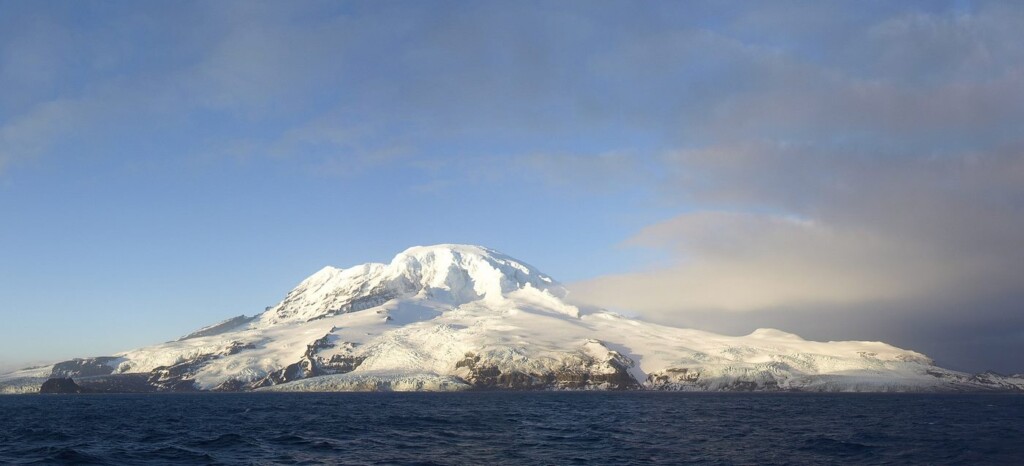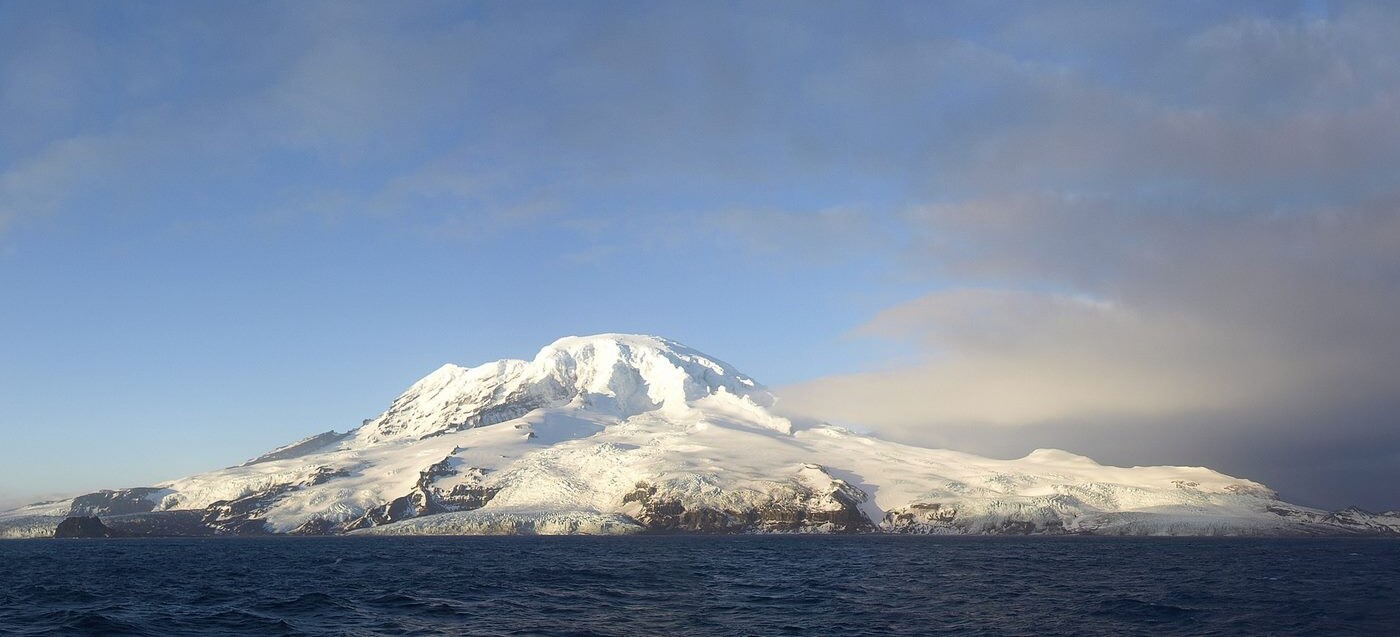
Over 10,000 square miles of additional protected area will be added to the Heard and McDonald Islands in Australia’s far southern territorial waters.
Coupled with other expansions of existing marine sanctuaries, it puts Australia on course to have 52% of its ocean territory protected, more than any other nation, by the end of the current administration’s term.
“This is not just a huge environmental win for Australia, it’s a huge environmental win for the world,” said Australian Environment Minister Tanya Plibersek. “This is a unique and extraordinary part of our planet. We are doing everything we can to protect it.”
Located over 2,000 miles south of the Australian continent, Heard and McDonald Islands make up about 144 square miles of volcanic terrain that represent one of the most remote places on Earth.
They are important breeding grounds for 19 species of bird, including 4 species of penguins, but dozens of other bird species take refuge there. It is a UNESCO Natural Heritage Site, and a RAMSAR Wetland in addition to being an Australian national marine sanctuary.
SAVING OUR OCEANS: After 9 Years of Work, Chumash Tribe Finally Seals Protection of CA Marine Reserve Bigger Than Yosemite
The quadrupling of the sanctuary borders amounts to 11.5 thousand square miles, (30,000 sq km) of additional protection, but represents one-tenth of the total proposed expansions of marine protected areas.
Under the current guidance, prepared by nationally sanctioned scientific surveys, the total marine protected areas will make up an area the size of Italy.
MORE STORIES LIKE THIS: Thousands of Acres of Koala Haven Forest to Come Under Logging Bans in New South Wales
The current administration of Prime Minister Anthony Albanese is seeking to establish a new environmental protection agency, as well as set a high bar for the country’s commitments to an international philosophy of conservation governance known shorthand as “30×30” or “30 by 30,” which states that to prevent the worst effects of general environmental degradation worldwide, 30% of land and waters should be under protections. Often the second thirty refers to a hypothetical 2030 deadline.
SHARE This Incredible Dedication To Marine Conservation With Your Friends…




















